Text

The Penguin Book of English Verse, 1966
#book cover#history#abstract#penguin books#1966#1960s book cover#1960s#1960s design#mid century#poetry book
0 notes
Photo
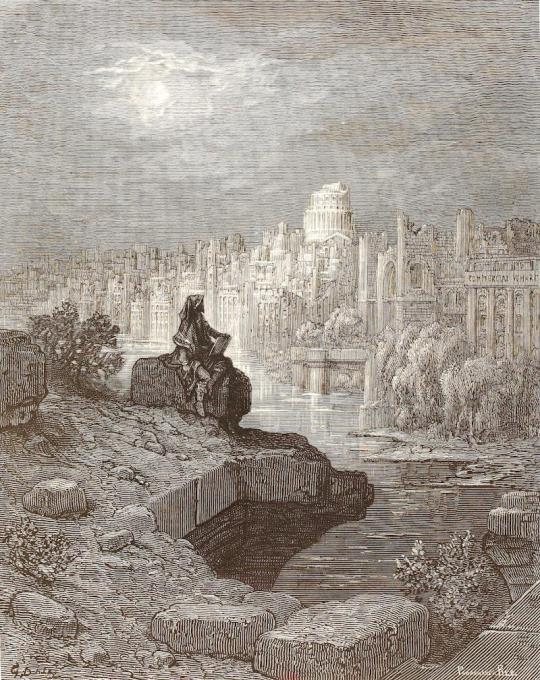
Born #onthisday in 1832, the French illustrator Gustave Doré. Pictured is the “The New Zealander”, the last of Doré’s plates for London: A Pilgrimage (1872) in which he depicts a distant traveller from New Zealand sketching the ruins of a future London: https://publicdomainreview.org/collection/dore-new-zealander
205 notes
·
View notes
Text
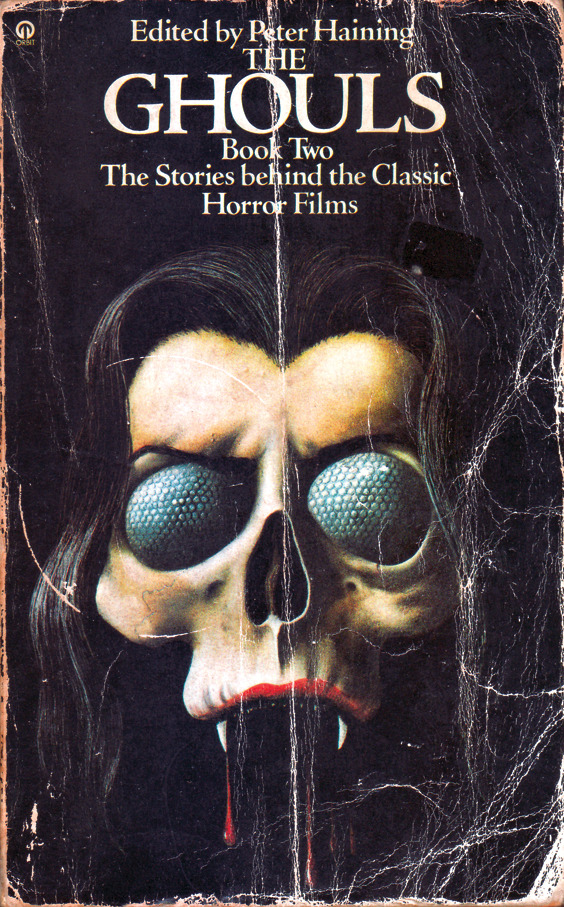
The Ghouls: Book Two edited by Peter Haining (1974 edition).
35 notes
·
View notes
Text
London Canal Museum, Kings Cross
A trip to the London Canal Museum - a fascinating little museum near King’s Cross that looks at the history of canal and details the lives of people who worked and lived on them

Horses feature heavily because of their key role in pulling barges
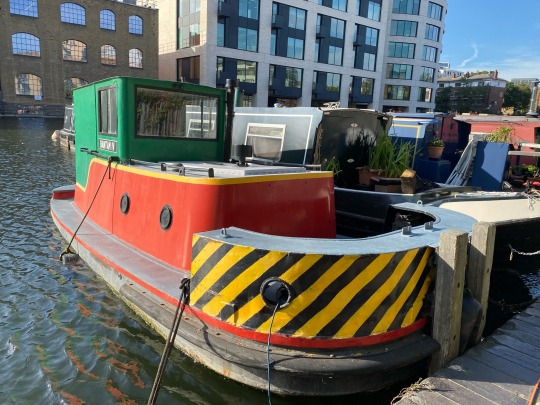
Later small tugs pulled barges through tunnels, replacing the need for barge men to use their legs to push against the side of the tunnel to move through
People lived in tiny cramped cabins on the barges. Whole families would grow up here
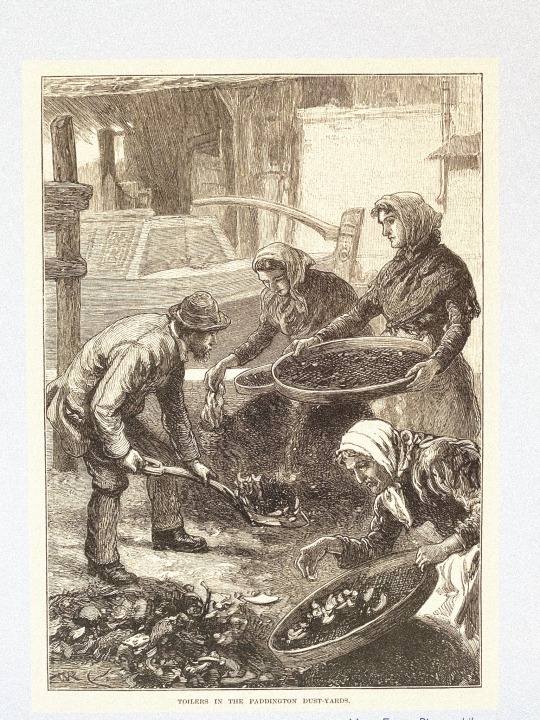
People also made their livings around the canal. One of the worst jobs was sifting rubbish piles for anything that was recyclable and sellable. The people doing this suffered great discrimination.
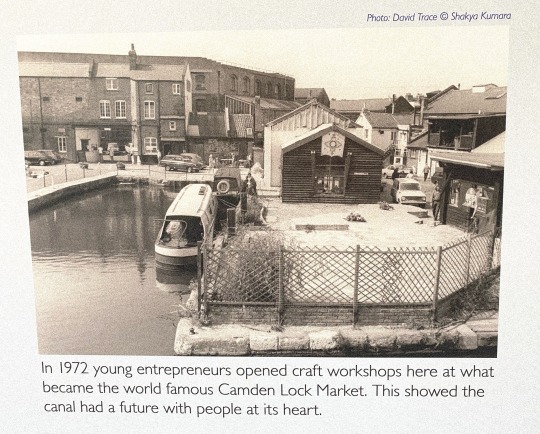
The canals, threatened with infill when they weren’t needed for transporting, would later be rescued as places for leisure, sport, wildlife and even living on. This is the Camden Lock Market which started as craft workshops in 1972. Campaigners saved many miles of canal from being lost.
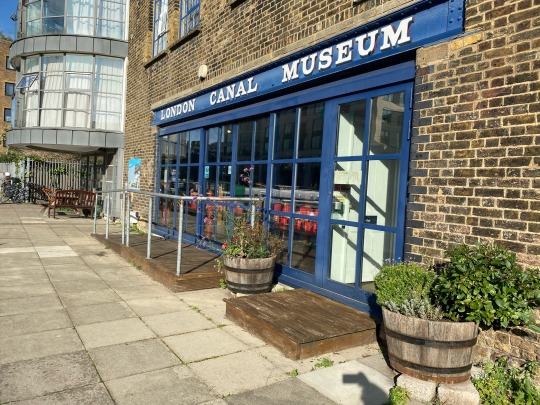
The tiny terrace and mooring at the back of the museum, only accessible through the museum
#history#heritage#london#museum#London canal museum#canals#history of London#regents canal#museums of London#kings cross#working class lives#british history#transport#transport history#history of transport
0 notes
Text

Brave New World Penguin Modern Classics 1964
#history#brave new world#book cover#1960s book cover#books#aldous huxley#penguin modern classics#1964#penguin books#old book covers#1930s books#classic novels#science fiction#dystopian fiction
0 notes
Text
Eurydice
by Carol Ann Duffy
Girls, I was dead and down
in the Underworld, a shade,
a shadow of my former self, nowhen.
It was a place where language stopped,
a black full stop, a black hole
Where the words had to come to an end.
And end they did there,
last words,
famous or not.
It suited me down to the ground.
So imagine me there,
unavailable,
out of this world,
then picture my face in that place
of Eternal Repose,
in the one place you’d think a girl would be safe
from the kind of a man
who follows her round
writing poems,
hovers about
while she reads them,
calls her His Muse,
and once sulked for a night and a day
because she remarked on his weakness for abstract nouns.
Just picture my face
when I heard–
Ye Gods–
a familiar knock-knock at Death’s door.
Him.
Big O.
Larger than life.
With his lyre
and a poem to pitch, with me as the prize.
Things were different back then.
For the men, verse-wise,
Big O was the boy. Legendary.
The blurb on the back of his books claimed
that animals,
aardvark to zebra,
flocked to his side when he sang,
fish leapt in their shoals
at the sound of his voice,
even the mute, sullen stones at his feet
wept wee, silver tears.
Bollocks. (I’d done all the typing myself,
I should know.)
And given my time all over again,
rest assured that I’d rather speak for myself
than be Dearest, Beloved, Dark Lady, White Goddess etc., etc.
In fact girls, I’d rather be dead.
But the Gods are like publishers,
usually male,
and what you doubtless know of my tale
is the deal.
Orpheus strutted his stuff.
The bloodless ghosts were in tears.
Sisyphus sat on his rock for the first time in years.
Tantalus was permitted a couple of beers.
The woman in question could scarcely believe her ears.
Like it or not,
I must follow him back to our life–
Eurydice, Orpheus’ wife–
to be trapped in his images, metaphors, similes,
octaves and sextets, quatrains and couplets,
elegies, limericks, villanelles,
histories, myths…
He’d been told that he mustn’t look back
or turn round,
but walk steadily upwards,
myself right behind him,
out of the Underworld
into the upper air that for me was the past.
He’d been warned
that one look would lose me
for ever and ever.
So we walked, we walked.
Nobody talked.
Girls, forget what you’ve read.
It happened like this–
I did everything in my power
to make him look back.
What did I have to do, I said,
to make him see we were through?
I was dead. Deceased.
I was Resting in Peace. Passé. Late.
Past my sell-by date…
I stretched out my hand
to touch him once
on the back of the neck.
Please let me stay.
But already the light had saddened from purple to grey.
It was an uphill schlep
from death to life
and with every step
I willed him to turn.
I was thinking of filching the poem
out of his cloak,
when inspiration finally struck.
I stopped, thrilled.
He was a yard in front.
My voice shook when I spoke–
Orpheus, your poem’s a masterpiece.
I’d love to hear it again…
He was smiling modestly,
when he turned,
when he turned and he looked at me.
What else?
I noticed he hadn’t shaved.
I waved once and was gone.
The dead are so talented.
The living walk by the edge of a vast lake
near, the wise, drowned silence of the dead.
183 notes
·
View notes
Photo
Mythological creature of the North Sea
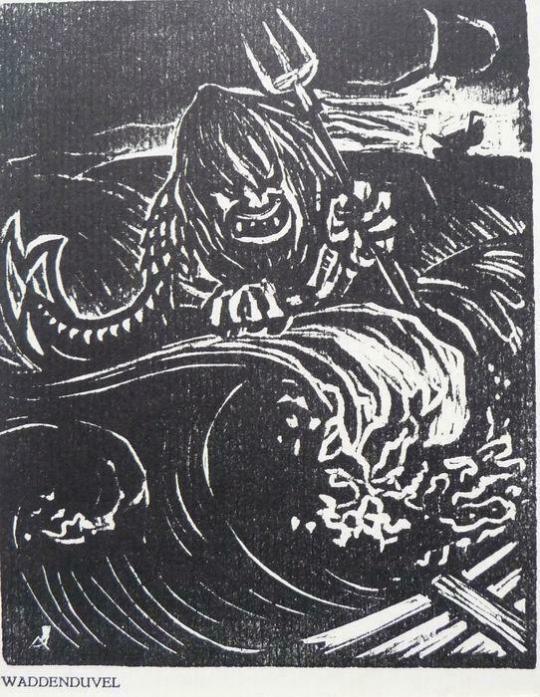
The Waddenduvel [Dutch folklore]
The Wadden Sea is the name of the southeastern intertidal zone of the North Sea. According to an old Dutch folktale, these waters were haunted by a creature known as the Waddenduvel. I’m making the assumption here that this name is a dated spelling of “Waddenduivel” which would translate to “devil of the Wadden”.
How the creature looked is unknown, but Altink chose to portray it as a merman with a trident. The Waddenduvel would wait for people to dwell on the shore or the shallow waters, and then approach them. The victim would never see or hear it, for the monster was incredibly stealthy. When it was close enough, it would grab the victim’s neck with an ice-cold hand and then pull them under. It would feel like the creature became heavier and heavier, dragging its victim with it.
The victim would then be half-buried in the mud or sand, and when high tide arrived, they would drown. It is possible to escape this fate, but breaking free from the monster’s grasp is incredibly difficult because the Waddenduvel is very strong. Most people taken by the Waddenduvel were never seen again.
Source:
https://www.marnegebied.nl/heks_en_duivelsverhalen_uit_het_marnegebied.html
Which cites Huizenga-Onnekes, E.J., 1930, Heksen- en Duivelsverhalen in Groningerland, but I was unable to obtain a copy of this work.
(image source: Jal Altink, 1885-1971, but I couldn’t find the date of this particular artwork)
31 notes
·
View notes
Text
Excellent interview with Professor Marion Gibson on the witches of St Osyth
https://podcasts.apple.com/gb/podcast/not-just-the-tudors/id1564113869?i=1000612571631
5 notes
·
View notes
Photo

Emma Goldman addressing a rally at Union Square, New York, 1916. Read our essay on her unique brand of anarchism: https://publicdomainreview.org/essay/emma-goldmans-anarchism-without-adjectives #MayDay
45 notes
·
View notes
Photo
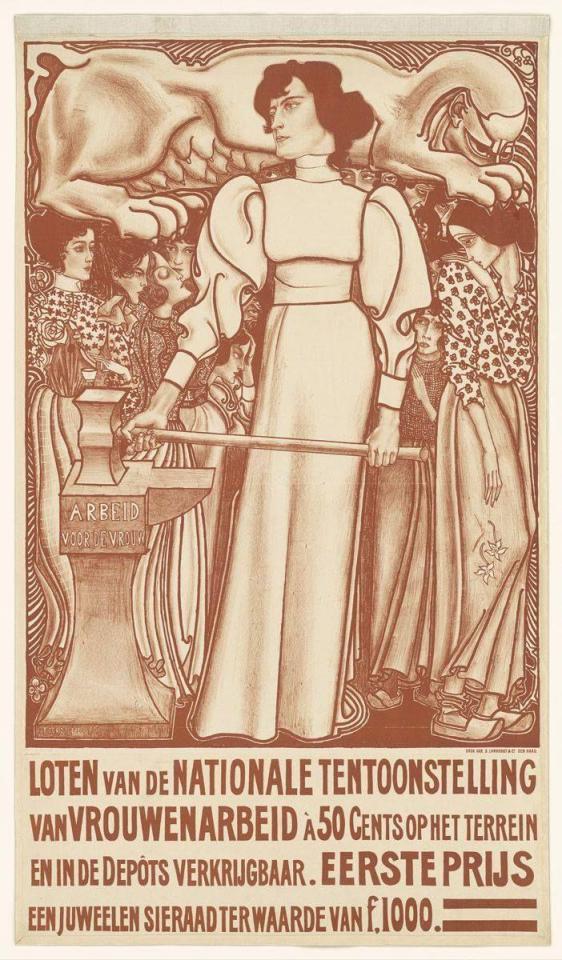
Happy #MayDay and #InternationalWorkersDay! This poster by Dutch artist Jan Toorop was for the Hague’s 1898 National Woman’s Labour Exhibition, which had the goal to improve women’s wages and working conditions.
More posters from Toorop here: https://publicdomainreview.org/collection/the-salad-oil-style-of-jan-toorop
117 notes
·
View notes
Photo

It’s #BatAppreciationDay! Here’s Plate 67 from Ernst Haeckel’s Art Forms of Nature (1904). Focusing mainly on marine animals, the bat is one of the only mammals to feature in the book: https://publicdomainreview.org/collection/ernst-haeckel-s-bats-1904 #bats #onthisday #otd
289 notes
·
View notes
Photo
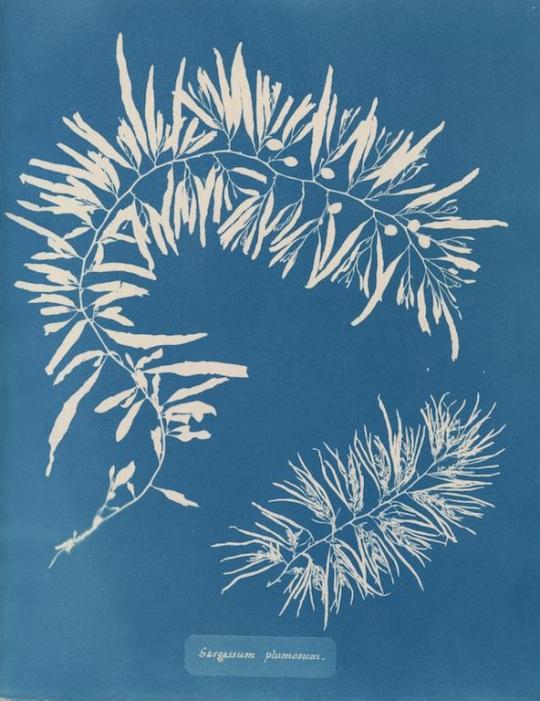



Born #onthisday in 1799, the English botanist Anna Atkins. As well as being considered by many to be first woman to create a photograph, her stunning 1843 book of algae cyanotypes is thought to be first book illustrated with photographs: https://publicdomainreview.org/collection/cyanotypes-of-british-algae-by-anna-atkins-1843 #OTD
156 notes
·
View notes
Photo

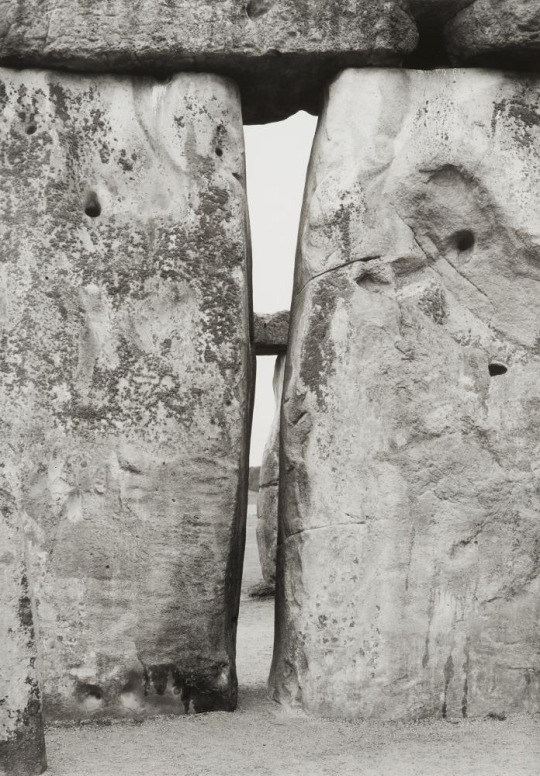


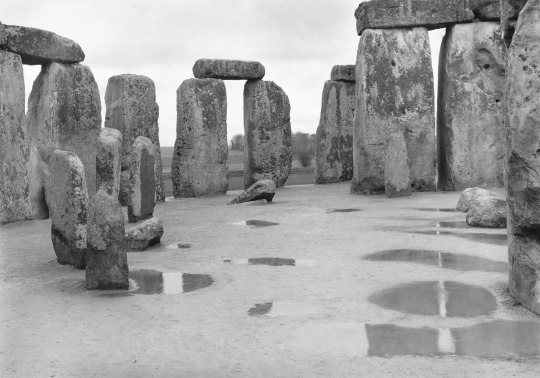
Stonehenge by Paul Caponigro, 1967-77, gelatin silver prints
729 notes
·
View notes
Text
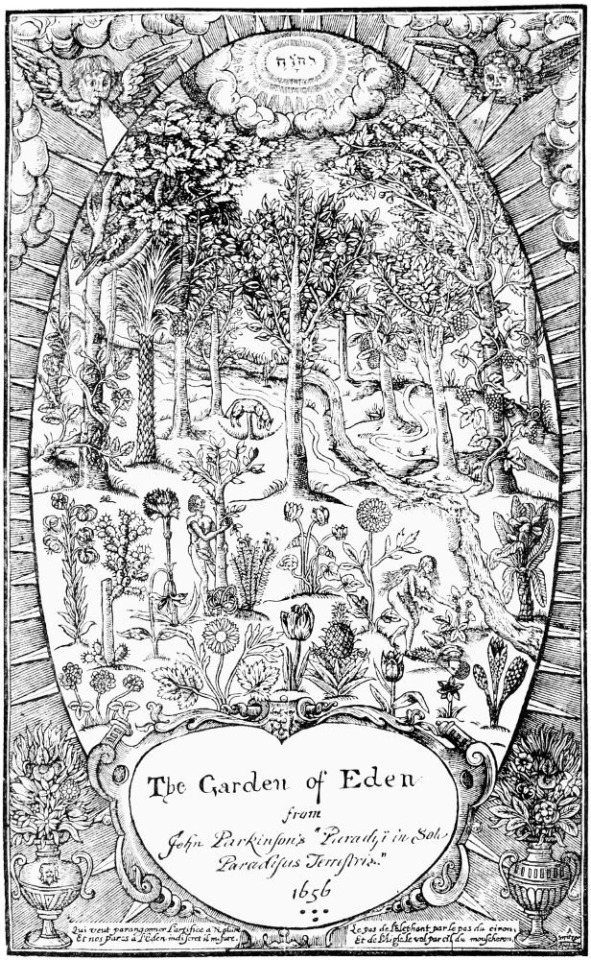
The Garden of Eden
from John Parkinson’s “Paradisi in Sole Paradisus Terrestris.”
1656
#history#renaissance#book#frontispiece#plants#the garden of eden#paradise#black and white#illustration#drawing
0 notes
Text

Alice and Martin Provensen
Theseus and the Minotaur, from The Golden Book of Myths and Legends (1959)
605 notes
·
View notes

